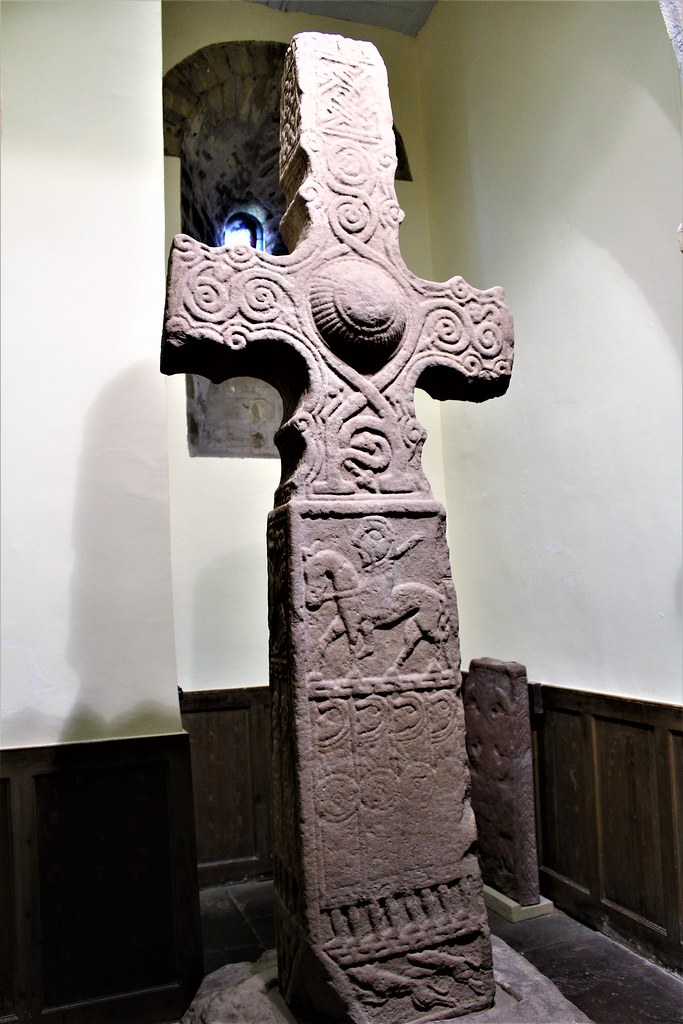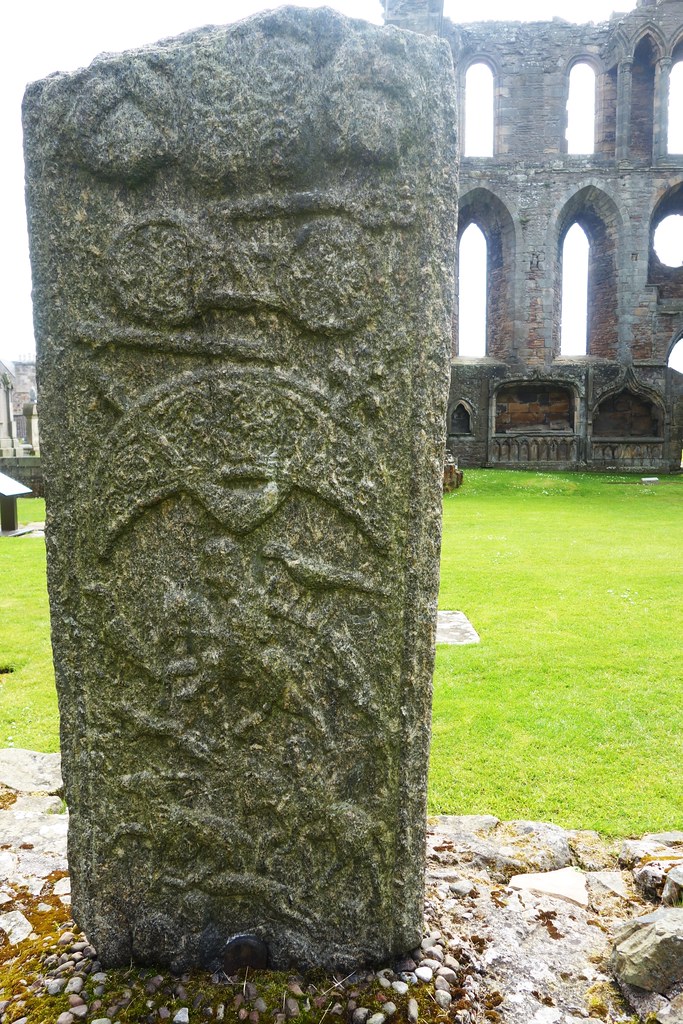The Picts, elusive early inhabitants of Scotland who have left a legacy of elaborate stone carvings
Tonight, I am providing information and images relating to the extensive legacy of elaborately carved stones left by the Picts, a people indigenous to Scotland and who dominated the country before arrival of the Scots from Ireland around the 5th century AD and who were finally subsumed by the Gaelic speaking Scots by around the ninth century AD.
Other than the carvings and place names dating from the Pictish era, we have little knowledge of these people with whom the Romans came in contact in the 3rd century AD and named them Pictii or painted men (from which we get the modern word ‘picture’).
Place names today beginning Pet or Pit usually signifies an early Pictish settlement, e.g. Pittenweem, Pitlochry, Pitcairn, Pitmedden and Pitnacree. If the Picts had a written language then, sadly, they left no record of it. The educated elite of the Pictish era may well have understood and used Latin (a lingua franca of the time) but the ‘everyday’ language was probably within the Brittonic family and linked to modern-day Welsh. For more information on language refer this blog post.
Stone carvings are the most tangible record left by the Picts. These stones are of some size with carvings representing (1) everyday items such as anvils, cauldrons, hammers, mirrors and combs (2) abstract symbols utilising arches, crescents,discs, flowers, knots, rectangles and circles which are difficult to interpret and (3) religious symbols, particularly from Old Testament and featuring Daniel in the Lions Den and King David.
Above and below can be found a selection of Pictish carved stones from the museum at Meigle in central Scotland and other sites.

Dupplin
Cross, a carved, monumental Pictish stone, which dates from around 800
A.D. Now located in Dunning Church, central Scotland.








Comments
Post a Comment